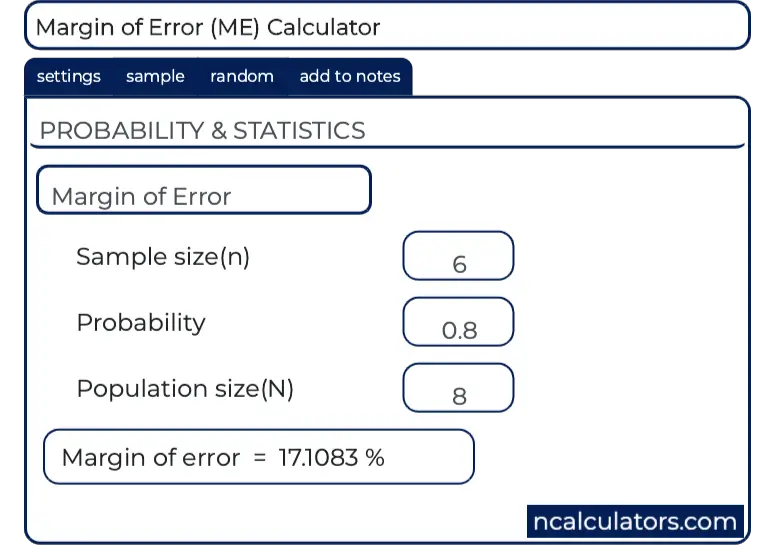
The most popular is G*Power.įor our purposes, we’re going to simplify things and use the jpower module in jamovi.
GPOWER TO CALCULATE EFFECT SIZE SOFTWARE
There is software out there to help you conduct power analyses.
What effect size can I reasonably detect given my alpha level, power level, and sample size?. What power do I have to detect the effect size of interest given my alpha level and sample size?. What sample size do I need given the effect size of interest, alpha level, and power level?. Typically, there are three things we may be interested in figuring out: Power, effect sizes, alpha, and sample sizes all interrelate! This is the power of the BEAN: if you know three out of the four of BEAN, you can determine the fourth. In the interactive calculator you also started to discover that effect sizes and sample size also relate to alpha and power. We previously saw how alpha and power relate to one another. We’ll cover it broadly here, but if you want to learn more about conducting power analyses in jamovi Bartlett & Charles (2022) have a great preprint on the topic. Therefore, that leads us to the second option, which is to conduct an a priori power analysis. The third option is to be avoided as much as possible. The first option is more of a research methods discussion and will not be discussed here. Heuristics: some prespecified rule or norm that is described in the literature (to be avoided as much as possible). Accuracy or an a priori power analysis: based on the statistical power we hope to achieve (which is in turn based on the effect size we expect). Resource constraints: sometimes time and budget limits our sample size. We often cannot measure the entire population, but some other ways we can determine the sample size are: 
Often, the biggest question we want to know is: what sample size do I need for my study? Daniel Lakens has a great new preprint and chapter out on the topic and a sample size justification online tool. In a between-subjects study, we often describe how many participants are in each group although it is best if there are equal numbers in each group, there are times when that may not be the case. Sample size is the total number of participants in a study (often denoted as n in a paper). Backwards map: Determine the data you need.Forward mapping: Choose the correct test.

Extending our knowledge of power analysis.

What makes an effect practically significant?.







 0 kommentar(er)
0 kommentar(er)
